How ABA Therapy Supports Communication Skills in Children
Empowering Children Through ABA: Enhancing Communication Skills
Understanding ABA Therapy's Role in Communication Development
Applied Behavior Analysis (ABA) therapy has gained recognition as a pivotal intervention for enhancing communication skills in children, particularly those on the autism spectrum. By employing evidence-based techniques, ABA therapy focuses on increasing language abilities, making social interactions smoother, and helping children better express their needs and ideas. This article delves into the detailed processes of ABA therapy, explores the challenges faced by children with autism, and highlights the multifaceted strategies used to support their communication skills.
Overview of ABA Therapy in Language Development
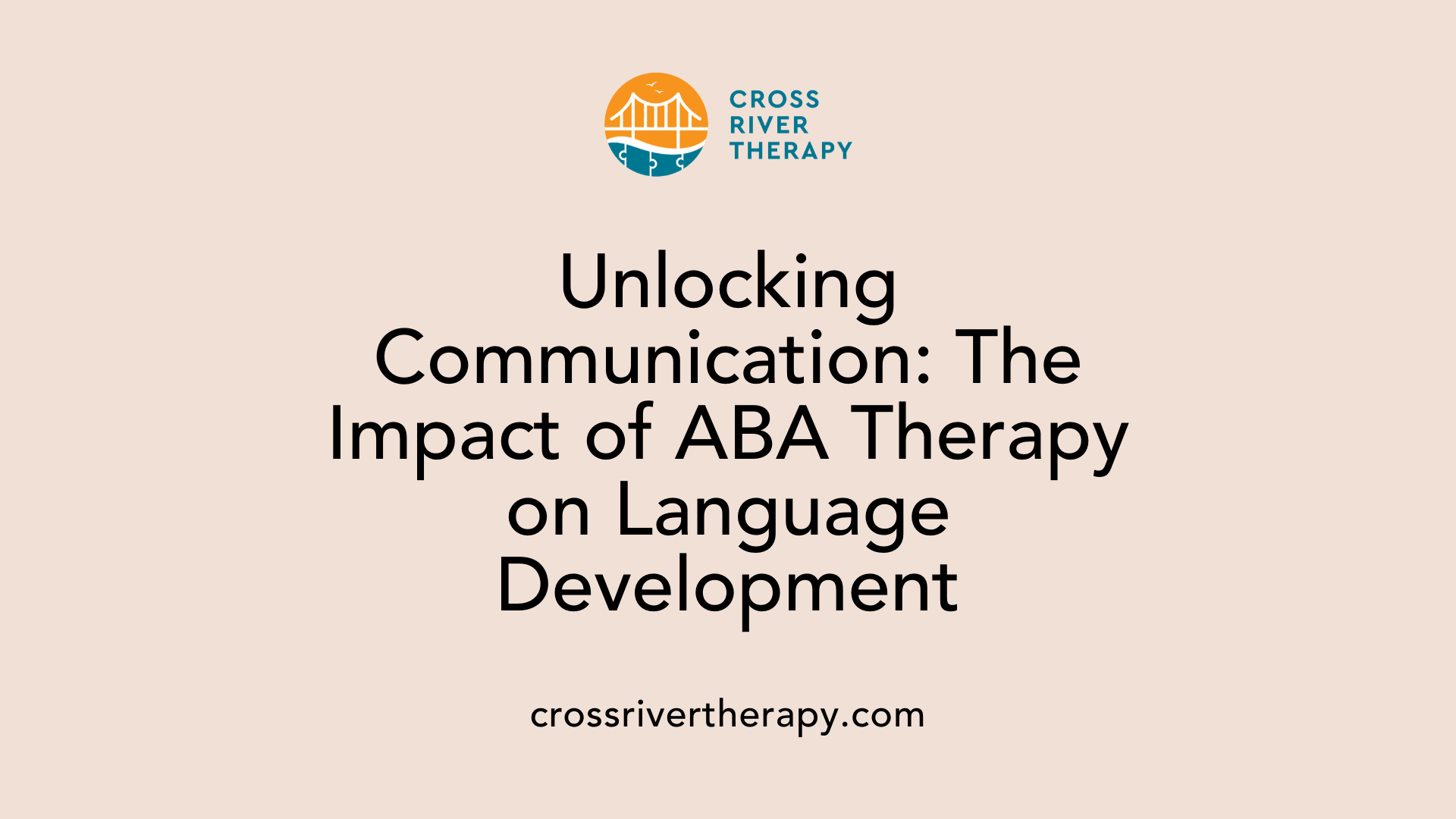
Role of ABA therapy in language enhancement
ABA therapy plays a significant role in developing communication abilities among children with Autism Spectrum Disorder (ASD). It employs various personalized strategies designed to enhance language skills, focusing on individual needs. The comprehensive assessment at the beginning of the therapy helps tailor a plan that addresses specific communication challenges, such as delayed speech and difficulty in social interactions.
Key components include:
- Verbal Behavior Therapy (VBT): This subfield of ABA teaches practical language use through categories like mands (requests) and tacts (labels).
- Positive reinforcement: Rewards are given when children successfully communicate a need or want, encouraging the use of language.
- AAC devices: Augmentative and Alternative Communication tools such as PECS (Picture Exchange Communication System) are implemented for non-verbal children, enhancing their ability to express themselves.
Techniques used in ABA for language skills
ABA therapy utilizes a range of techniques to promote language development:
- Discrete Trial Training (DTT): A structured series of trials for teaching new language skills, reinforcing vocabulary and conversation skills.
- Natural Environment Teaching (NET): Incorporates everyday situations to motivate and teach language relevant to the child's experiences.
- Visual supports: Tools like flashcards and picture boards provide visual cues, facilitating comprehension and expression of language.
- Interaction and Play: Engaging learning activities such as games and matching exercises make the language-learning process enjoyable and relatable.
Through these methods, ABA therapy not only addresses the functional acquisition of language but also fosters social interactions, enhancing overall communication capabilities in children with autism.
Techniques Utilized in ABA to Enhance Communication
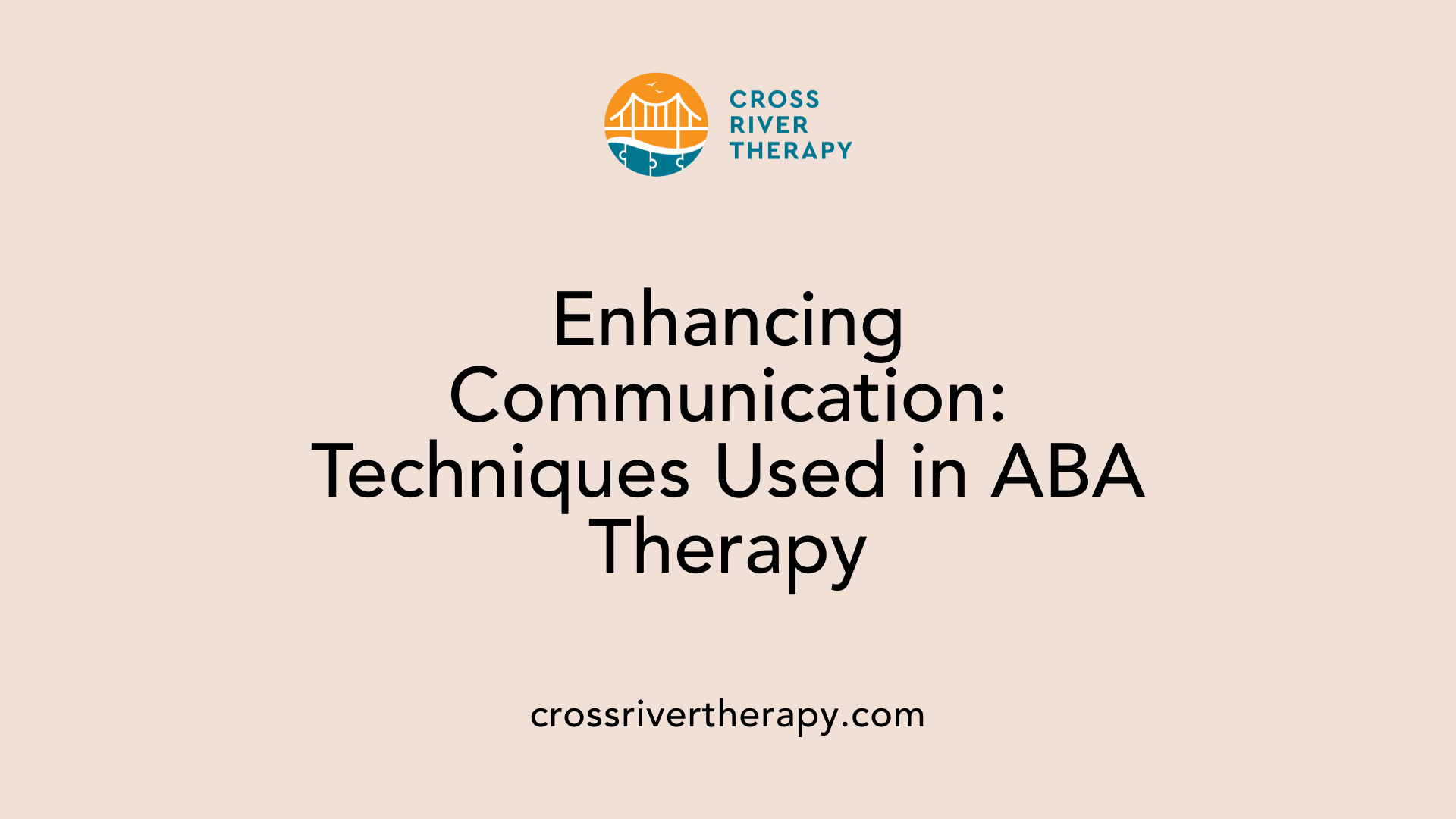
What are some techniques used in ABA therapy to enhance language and communication abilities?
ABA therapy employs a variety of techniques designed to improve language and communication skills. One of the fundamental methods is Discrete Trial Training (DTT), which breaks down communication skills into smaller, manageable tasks. This structured approach reinforces correct responses, encouraging children to practice and solidify their understanding of language through consistent repetition in trial settings.
Another significant technique is Natural Language Acquisition, which emphasizes teaching language within the context of everyday interactions. This method encourages children to communicate spontaneously by integrating language use into their daily environments. It recognizes that effective communication often occurs in natural scenarios, increasing relevance and retention.
The Picture Exchange Communication System (PECS) serves as a vital tool for children who are non-verbal. By utilizing pictures to express needs and thoughts, PECS enables these children to communicate effectively with others, fostering independence and social interaction.
In addition, modeling and prompting are key strategies in ABA. Modeling involves demonstrating appropriate language use, allowing children to observe and learn from examples. Prompting provides cues that encourage children to respond verbally, equipping them with the tools for successful communication.
Moreover, social skills training is integrated into ABA programs to enhance conversational abilities and social interactions. This often involves structured activities and role-playing to allow children to practice skills in a supportive setting.
These techniques are intertwined to create a comprehensive approach that addresses diverse communication needs. Through ongoing assessment and tailored interventions, ABA therapy helps children with autism flourish in their communication capabilities.
The Integration of Augmentative and Alternative Communication
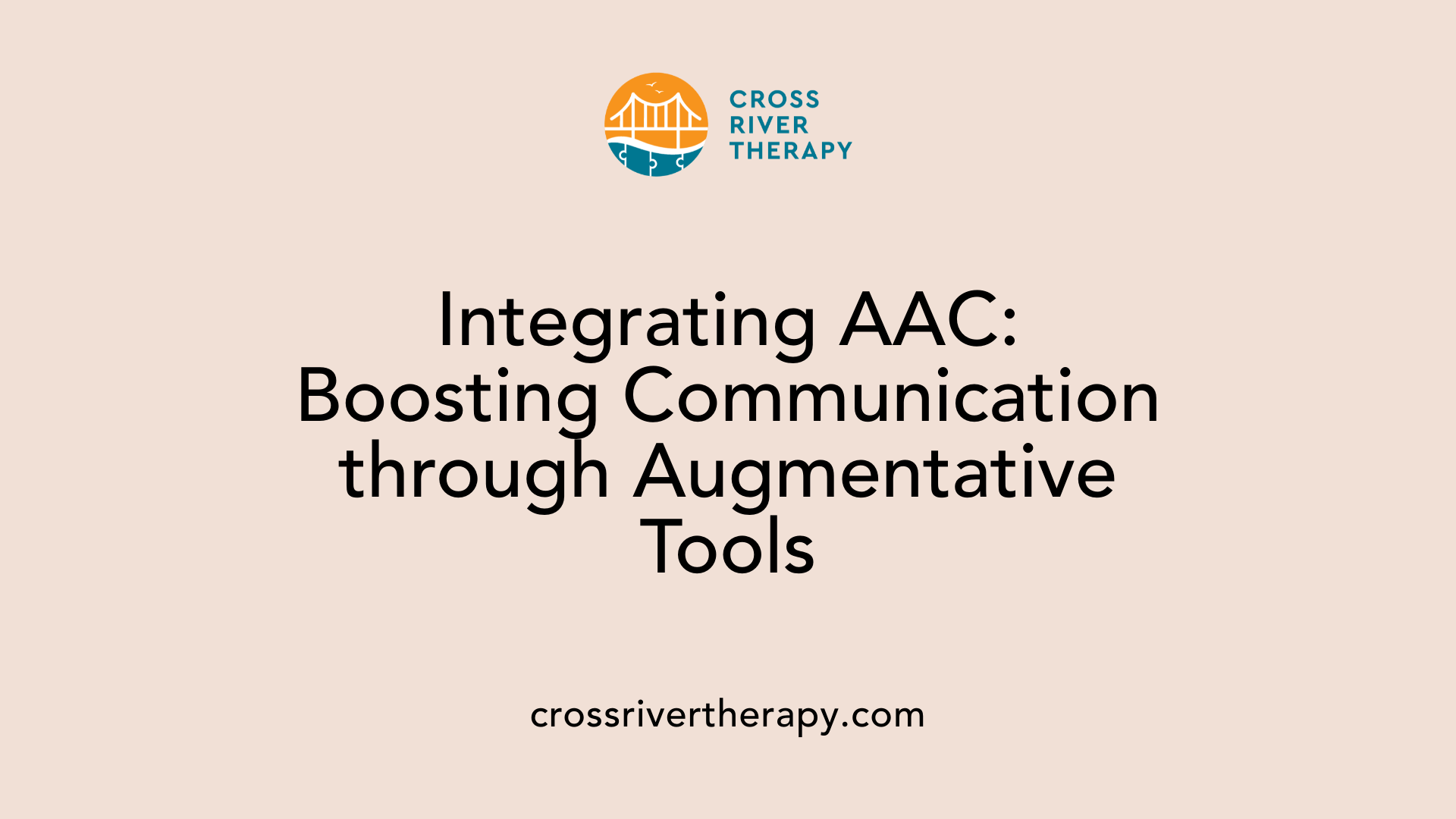
How do augmentative and alternative communication (AAC) strategies fit within the context of ABA therapy?
Augmentative and alternative communication (AAC) strategies are vital in Applied Behavior Analysis (ABA) therapy, especially for individuals with speech or language difficulties. These tools enable children to express their needs and preferences, which enhances their ability to participate in meaningful communication.
ABA therapists incorporate AAC techniques to improve communication by teaching functional skills and reinforcing positive behaviors linked to their usage. For instance, tools like the Picture Exchange Communication System (PECS) empower children to request items or convey messages visually. This structured approach not only fosters communication but also reinforces the use of language in everyday contexts.
Effectiveness of PECS and SGDs
PECS and Speech Generating Devices (SGDs) have demonstrated effectiveness in enhancing communication skills among children with autism. Research indicates that these systems improve requesting skills, which is crucial for social interactions and reducing frustrations related to communication blocks.
| AAC Tool | Purpose | Effectiveness |
|---|---|---|
| PECS | Facilitates requesting through visual cues. | Effective in teaching functional communication, supported by meta-analysis studies. |
| SGDs | Provides spoken output through electronic devices. | Improved communication and interactions, especially with naturalistic strategies. |
The integration of these AAC methods within ABA therapy creates a comprehensive approach to communication skill development, ensuring interventions are tailored to meet individual needs, promoting meaningful engagement and interaction.
Addressing Communication Challenges in Autism
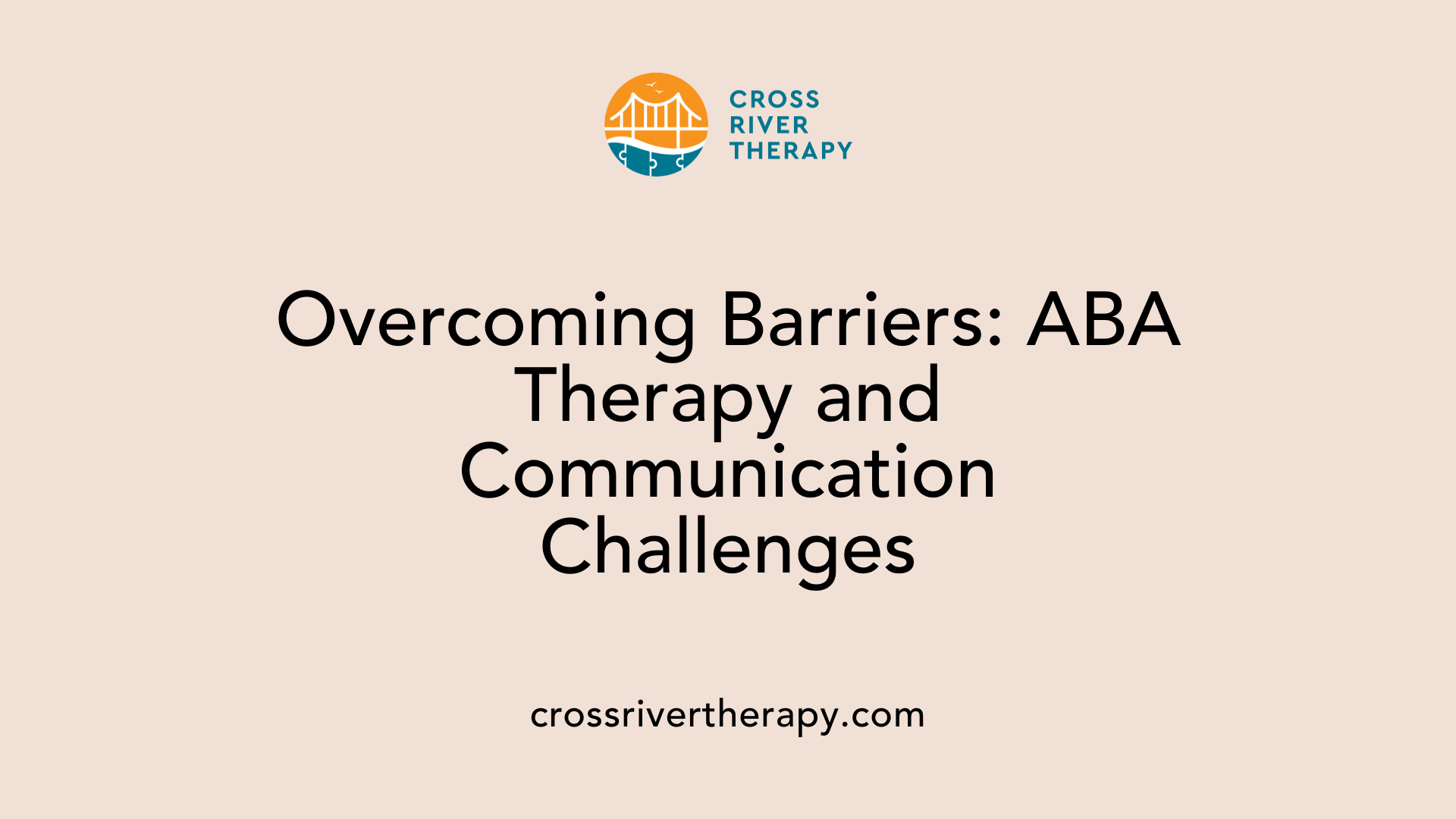
What are the challenges faced by children with autism in communication, and how does ABA therapy address these?
Children with autism often encounter significant communication difficulties. These may manifest as delayed speech, frequent dependence on echolalia, and limited non-verbal communication skills. For many, expressing needs can become overwhelming, leading to frustration and behavioral challenges. Some children may also struggle with joint attention, which is crucial for effective conversation.
ABA therapy (Applied Behavior Analysis) aims to alleviate these communication barriers through personalized, structured interventions. Each ABA program begins with a comprehensive assessment of the child's communication abilities. This helps to create a tailored therapy plan focusing on specific needs and communication goals, ensuring that interventions are relevant and effective.
One core component of ABA is the use of positive reinforcement, which encourages children to articulate their needs. For example, when a child successfully communicates a desire—whether verbally or through other means like an Augmentative and Alternative Communication (AAC) device—they are rewarded for their effort. This motivates them to practice their communication skills more frequently.
Incorporating strategies like Discrete Trial Training (DTT) can systematically teach children new vocabulary, sentence structures, and conversational skills. Visual supports, such as picture boards or cards, serve as valuable tools in teaching communication by linking images with the words. To ensure that communication skills develop in a natural context, Natural Environment Teaching (NET) takes everyday situations as teaching moments, helping children generalize their skills.
Overall, ABA therapy effectively addresses the unique communication challenges faced by autistic children, enhancing not only their ability to express themselves but also paving the way for improved social interactions and relationships.
The Effectiveness of ABA in Promoting Communication Skills
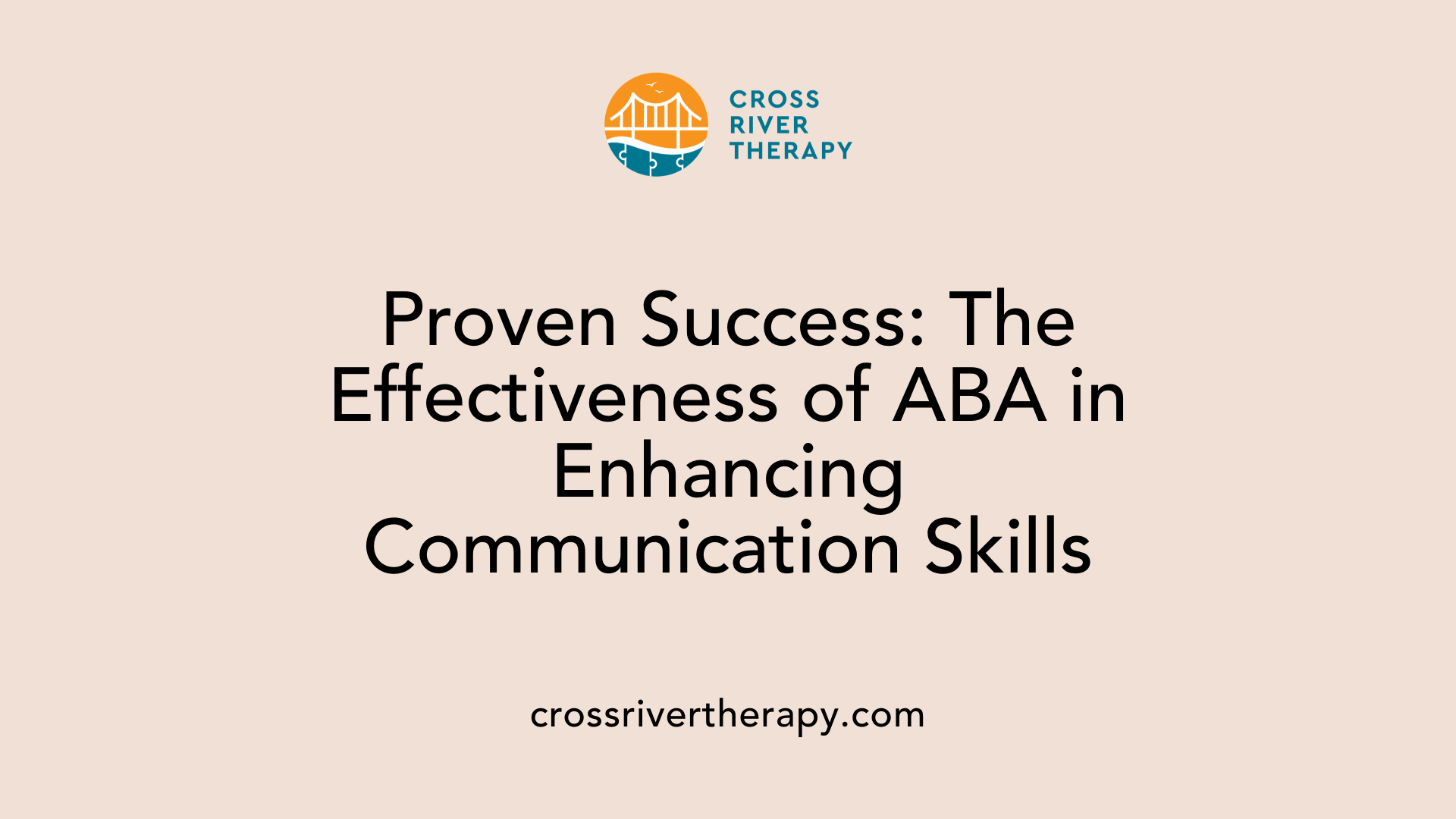
How effective is ABA therapy in promoting communication skills in children?
ABA (Applied Behavior Analysis) therapy has demonstrated significant effectiveness in enhancing communication skills among children, especially those diagnosed with autism spectrum disorder (ASD). The therapy employs a range of techniques, focusing on positive reinforcement to encourage effective communication behaviors. This method, combined with structured interventions tailored to individual needs, contributes to meaningful improvements in both verbal and non-verbal communication skills.
Research shows that children participating in ABA programs often gain essential skills, such as:
- Improved language use
- Enhanced social interactions
- Better understanding of social cues
The outcomes, however, can differ widely among children. Factors that influence the effectiveness of ABA therapy include the intensity of sessions, specific individual needs, and the professionalism of the therapists involved.
Factors influencing the effectiveness of ABA
Several key elements contribute to the successful implementation of ABA therapy for communication skill development:
- Personalization: Each ABA program is customized to meet the unique needs of the child, ensuring that the interventions address specific communication challenges.
- Consistent reinforcement: Both positive and negative reinforcement techniques are employed to help clarify the learning process. Using rewards effectively encourages children to practice communication skills.
- Ongoing assessment: Regular evaluations of the child's communication abilities allow therapists to adapt strategies, ensuring continuous progress.
- Visual supports and interactive activities: Tools such as picture boards and engaging games can enhance learning, making vocabulary acquisition enjoyable and more easily remembered.
While ABA therapy may not yield the same results for every child, it has a robust evidence base illustrating its potential effectiveness in fostering communication abilities.
Assessment and Personalized Planning in ABA
How are assessment processes and individualized learning plans used in ABA therapy for communication development?
Assessment processes and individualized learning plans are integral components of ABA therapy aimed at enhancing communication skills in children. Initially, a comprehensive evaluation is conducted to identify the unique communication needs of each child with autism. This thorough assessment may include standardized tests, observational techniques, and functional communication assessments (FCAs). The results from these assessments allow practitioners to pinpoint specific strengths along with areas that require improvement.
Based on the assessment outcomes, individualized learning plans are developed. These plans are not one-size-fits-all; instead, they are customized to address the specific communication challenges and goals of each child. The goals set are specific, measurable, achievable, relevant, and time-bound, focusing on the child's unique developmental requirements. For example, a child might work on expanding their vocabulary or practicing social communication skills.
Continuous Monitoring and Flexibility
Continuous assessment during therapy sessions is vital. Data is regularly collected to monitor the child's progress and to ensure the learning goals remain relevant and effective. If a child excels in one area or faces challenges in another, adjustments can be made to their learning plan accordingly.
Supportive Learning Environment
This structured approach in ABA therapy fosters an environment where children feel supported and encouraged. The use of positive reinforcement techniques motivates children to practice their communication skills, ensuring that the learning experience remains engaging and effective. Ultimately, this personalized support significantly enhances communication abilities in children with autism, helping them to thrive.
Understanding Positive Reinforcement in ABA
The role of reinforcement in encouraging communication
Positive reinforcement is a pivotal technique in Applied Behavior Analysis (ABA) therapy. It serves to encourage children to effectively communicate their needs and wants. This process involves rewarding children for demonstrating desired communication behaviors, which reinforces the likelihood of these behaviors being repeated in the future.
When children successfully express themselves, whether verbally or through augmentative methods like PECS (Picture Exchange Communication System), they receive praise, tokens, or other rewards. This positive feedback motivates them to continue using their communication skills.
Examples of positive reinforcement in practice
Here are some practical applications of positive reinforcement in ABA therapy:
| Scenario | Positive Reinforcement Used | Outcome |
|---|---|---|
| A child says "more juice" | Receiving extra juice | Increased attempts to use phrases but shortened requests |
| A child answers a question | Verbal praise or high-fives | Boosts confidence and encourages more engagement in conversational exchanges |
| A non-verbal child points to a toy | Access to the toy or a preferred item | Promotes joint attention and encourages further use of non-verbal communication methods |
| A child practices vocabulary | Tokens that can be exchanged for a preferred activity | Enhances motivation to learn new words leading to increased vocabulary acquisition |
In essence, positive reinforcement enhances communication skills by fostering an environment where children feel encouraged to interact and express themselves. Such an approach not only promotes effective communication but also builds their overall confidence in social settings.
Exploring Verbal Behavior Therapy (VBT)
Significance of VBT in ABA
Verbal Behavior Therapy (VBT) is an essential component of Applied Behavior Analysis (ABA) that emphasizes the functional use of language. This therapy aims to break down communication into manageable categories, such as mands (requests), tacts (labels), and intraverbals (responses to questions). By structuring language in this way, children learn how to express their needs effectively, fostering their language acquisition and communication skills.
VBT proves especially beneficial for children with autism, who often face challenges with speech and social interaction. By focusing on real-life applications of language, VBT not only teaches words but also enhances social connections and practical communication skills.
How VBT supports communication skills
VBT employs various techniques to support and develop communication skills, including prompt strategies and modeling. These approaches help children generalize their language abilities across different settings, making communication more natural and effective.
Moreover, VBT integrates tools such as Visual Supports and Augmentative and Alternative Communication (AAC) systems like the Picture Exchange Communication System (PECS). This ensures that even non-verbal children have avenues to communicate effectively, leading to better engagement in social circumstances.
By focusing on individualized learning plans, VBT tailors interventions to meet the specific needs of each child, ensuring they reach their unique communication goals. This personalized approach helps children build confidence and enhances their overall social interactions.
Incorporating Visual Supports in ABA Therapy
Types of visual supports used
In ABA therapy, visual supports are essential tools that augment communication learning, especially for children with autism. Some commonly used types of visual supports include:
- Picture Exchange Communication System (PECS): Utilizes pictures to help children express needs and wants effectively, aiding in the request process.
- Visual schedules: Provide a structured outline of daily activities, enhancing understanding of routines and transitions.
- Flashcards: Help in vocabulary acquisition by associating words and images, making it easier for children to learn new terms.
- Communication boards: Allow children to point to images or symbols to convey messages without speech.
These tools are adapted to meet individual needs and can include elements from augmentative and alternative communication (AAC) devices.
Impact of visual supports on communication
The integration of visual supports in ABA therapy significantly impacts children's communication abilities. They help:
- Enhance comprehension: Visuals provide concrete references that aid in the understanding of abstract concepts.
- Increase engagement: Children are more likely to participate in learning tasks when visual elements related to their interests are included.
- Promote independence: With effective visual aids, children can communicate their needs without constant adult intervention, fostering self-sufficiency.
- Reduce frustration: Using visuals can decrease instances of challenging behaviors related to communication breakdowns.
Overall, visual supports play a vital role in making communication more accessible and effective for children in ABA therapy.
Augmenting Social Skills Through ABA Therapy
Links between communication and social skills
Effective communication is essential for building relationships, especially for children. For those on the autism spectrum, communication challenges can hinder social interactions. ABA therapy addresses these challenges directly by enhancing communication skills, which in turn improves social capabilities.
Children with autism may experience difficulties such as delayed speech and limited joint attention, impacting their ability to engage socially. By improving these aspects through targeted interventions, ABA therapy fosters better social interactions, allowing children to connect more effectively with their peers.
Role of ABA in fostering social interactions
ABA therapy not only works on communication but also incorporates techniques that enhance social skills. For instance, through Natural Environment Teaching, children are encouraged to respond to social cues within real-life scenarios, promoting interaction.
Moreover, positive reinforcement is a core strategy in ABA. When children successfully communicate their needs or engage in social interactions, they receive rewards. This not only encourages consistent practice but also builds confidence and reduces anxiety in social settings.
Visual supports, such as picture boards and role-playing games, further enrich the learning experience by making social situations more relatable. Over time, as communication improves, children experience enhanced social interactions, leading to better engagement with peers and stronger family relationships.
Concluding Thoughts on ABA Therapy and Communication
ABA therapy stands as a comprehensive and dynamic approach to enhancing communication skills in children, particularly those on the autism spectrum. Its structured interventions, coupled with the integration of AAC strategies and collaboration with other therapeutic approaches, provide a robust foundation for effective communication development. By addressing individual needs through personalized plans and leveraging positive reinforcement, ABA therapy not only promotes language skills but also supports social interactions and overall emotional well-being in children. As we continue to explore and understand the full potential of ABA therapy, it remains a cornerstone in the journey toward empowering children with autism to communicate confidently and independently.
References
- Applied Behavior Analysis (ABA) | Autism Speaks
- How ABA Therapy Can Improve Communication Skills in Children
- 4 Methods for Increasing Communication Within Applied Behavior ...
- Using ABA Therapy to Develop Communication Skills in Children ...
- How ABA Therapy Can Support Language Development in Kids
- NONE Definition & Meaning - Merriam-Webster
- NONE | definition in the Cambridge English Dictionary
- NONE Synonyms: 80 Similar and Opposite Words - Merriam-Webster



